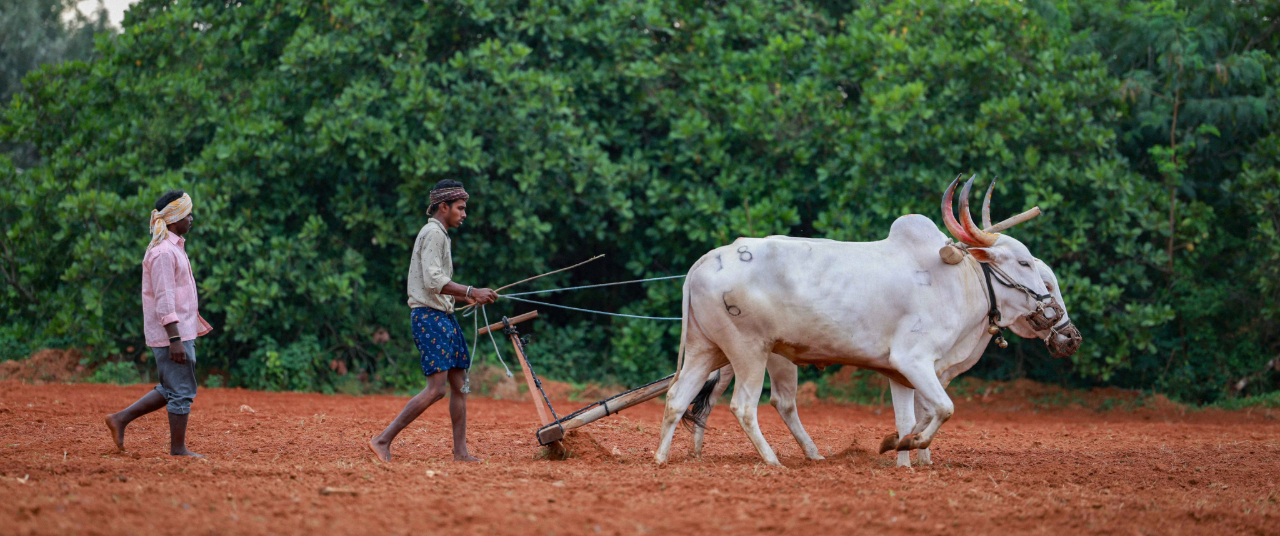Across Gajapati and Rayagada districts, Adivasi women are reviving lost farming wisdom to secure traditional diets






“Our native seeds have thrived for hundreds of years,” says Pavani Gomango, a farmer from the Manikapur village in Odisha’s Gajapati district. Holding a handful of kulath (horse gram) passed down through generations in her Saura Adivasi community, the 37-year-old explains how they persist where hybrid varieties fail—resilient against erratic rains and long dry spells. For Gomango and countless other Adivasi women farmers, these seeds are more than a tradition; they are a lifeline in the face of climate change and the loss of food diversity. “A seed is not just a grain. It carries our story, our soil, and our strength,” Gomango says.
In the neighbouring Rayagada district, in the Telingiri village of the Kashipur block, community leader Harabati Jhodia has been raising awareness among Adivasi communities about the importance of preserving native seeds. “Losing these seeds means losing our wisdom about food,” the 38-year-old says, displaying a handful of vibrant kernels of indigenous maize. These varieties, she explains, are not only hardy but also rich in nutrition. Yet the traditional knowledge linked to them is fast eroding. High-yielding commercial seeds and monocropping have been steadily replacing indigenous varieties over the last decade, leaving the younger generations with a limited understanding of their value.
Across Gajapati and Rayagada, however, a quiet revival is taking root. Adivasi women farmers are joining hands to identify, exchange, and multiply their native seeds—keeping them alive in both fields and public memory. Supporting this effort is Living Farms, an NGO founded in 2008 that works in the area on sustainable food systems, in collaboration with Action Child Aid and Terre des Hommes (the former, a Danish NGO working with underprivileged children in urban and rural slums in India since 1965, and the latter, a Swiss charitable organisation working with children and the youth). This initiative has helped establish 40 community seed banks across the two districts. Managed, owned and operated entirely by Adivasi women from communities like the Sauras and Dongria Kondhs since 2018, these banks are more than repositories: they are hubs of resilience, reducing the communities’ dependence on external markets.
Rights over an ancient food system
Currently, around 400-500 women manage 40 seed banks, with each institution powered by the labour of about 10-15 women. Farmers can borrow these seeds under two simple conditions. First, they may give their own indigenous varieties to the banks in exchange for those they lack. Second, after harvest, they must return double the quantity of seeds they borrowed. In this way, the banks function on a system of trust and reciprocity, offering seeds without any financial transactions.
“The first step is to identify local seed keepers,” explains Kanchani Gomango, a 46-year-old from Manikapur who has preserved certain native varieties which others have not. The safeguarding work that these custodians undertake spans across generations. “It is because of their past efforts that we are able to protect our crop diversity,” she adds. Her words capture the very spirit of the community seed banks.
In this way, the banks function on a system of trust and reciprocity, offering seeds without any financial transactions.
“They empower communities to exercise their rights over seeds,” says Bichitra Biswal, programme director at Living Farms in Bhubaneswar. “They give people the ability to control their own food systems.” Most encouraging, he notes, is the response from the younger generation. Young Adivasi community members are beginning to recognise the worth of these native seeds—not as relics of the past, but as vital keys to a resilient future. By operating at a small scale aimed at sustenance and exchange with neighbouring villages, these banks are able to avoid the challenges of financing and logistics that larger banks typically face. To prevent spoilage, the seeds are dried and mixed with dry neem leaves, after which they are preserved in earthen pots.

Odisha is home to 64 Scheduled Tribes and 13 Particularly Vulnerable Tribal Groups (PVTGs), with Adivasi communities comprising over 22% of the state’s population. Yet, limited access to dietary diversity has led to widespread malnutrition and poor health outcomes. The spread of hybrid seeds and monocropping has further deepened food and nutritional insecurity. These challenges are compounded by climate change, as irregular rainfall and prolonged dry spells frequently damage hybrid crops and reduce yields.
The impact is stark. In Rayagada district, according to the Poshan District Nutrition Profile (2022) published by the NITI Aayog and the Ministry of Women and Child Development, 44% of children under the age of five are stunted, 40% underweight, and 70% are anaemic. Among pregnant women, 77% are anaemic. In Gajapati district, the figures are similarly alarming: 43% of children under the age of five are stunted, 34% are underweight, and 64% are anaemic.
Also read: How a remote Ladakh village, home to 17 women, embraced polyhouse farming
Blooming nutrition gardens
The story of the community seed banks does not end with the give and take of seeds; relying solely on the ‘loaned’ grains from these banks, nearly 4,000 Adivasi women in the area are cultivating diverse crops in backyard nutrition gardens with support from Living Farms. Through organic practices such as mixed and intercropping, they grow vegetables, greens, pulses, maize, and tubers. These women are taking the lead in shaping household food security, deciding which crops to grow, determining quantities for family consumption, selecting the best seeds for the next season, and generating income by selling surplus produce.
Each nutrition garden is set up on just two decimals (0r 0.02 acres) of land, yet they flourish with 14 to 16 indigenous varieties of vegetables. Women grow staples like okra, pumpkin, tomato, brinjal, bottle gourd, bitter gourd, snake gourd, ridge gourd, cucumber, spinach, carrot, radish, chilli, and amaranthus. Among these thrive rare native varieties known by their local names—bori bejra (cherry tomato), putal chichili (finger-sized ridge gourd), dumuni lau (round bottle gourd), dimbu lau (high-neck bottle gourd), sukuli heyana (white brinjal), and hapka heyana (thorny brinjal). Alongside vegetables, women also cultivate pulses such as cowpea, cluster beans, and arhar—ensuring not just a colourful spread on their plates, but also a reliable source of protein for their families.
The story of the community seed banks does not end with the give and take of seeds; relying solely on the ‘loaned’ grains from these banks, nearly 4,000 Adivasi women in the area are cultivating diverse crops in backyard nutrition gardens with support from Living Farms.
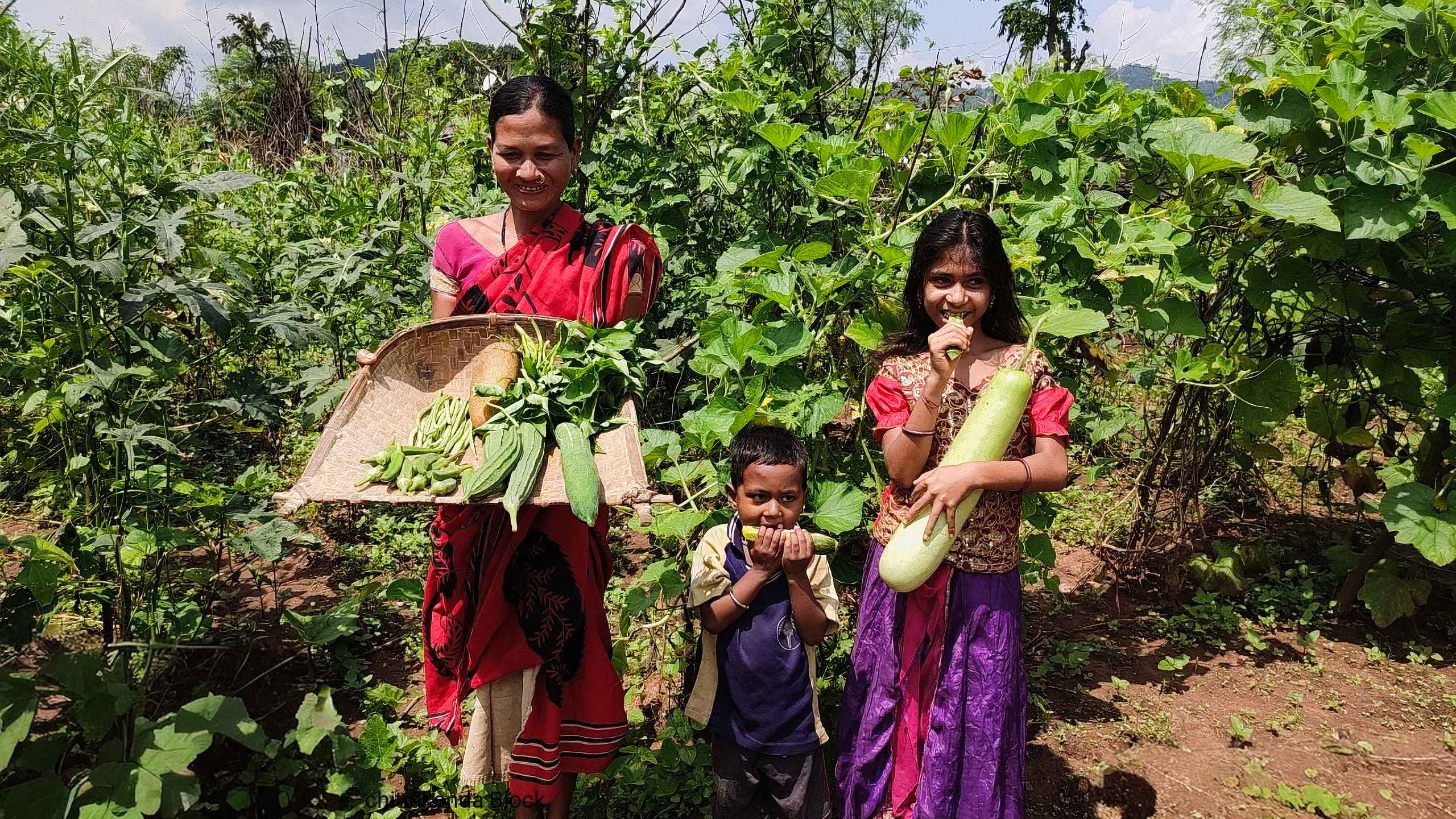
For a nutrition garden to prosper, the plot it is located on must receive sunlight throughout the year. The laying out begins by fixing a stump at the centre and marking a 15-foot circle with ash. Around it, four more concentric circles are drawn with radii of 3, 4.5, 9, and 10.5 feet. The outermost circle is then divided into seven equal sections to create 1.5-foot-wide pathways, while the beds in between are enriched with farmyard manure. Seasonal adaptations are key; in the summer, women prepare sunken beds to reduce water loss through evaporation, while in the monsoon, they create raised beds to protect plants from heavy rains and waterlogging.
In the innermost circle, women cultivate root vegetables such as radishes, carrots, beets, and turnips. Creeper varieties are trained along the vertical supports of the seven pathways, while the outermost circle is used for leafy vegetables and tubers. Around the fence of the nutrition garden, they plant horticultural crops like papaya, banana, and drumstick, which thrive in full sunlight. This cropping pattern is designed to ensure the year-round production of vegetables. New plants are sown just before existing ones reach their fruiting stage, creating a continuous cycle of harvests while also reducing the spread of pests and diseases.
Also read: Sasbani's 'fruits' of labour: Reviving hope in rural Uttarakhand
Enabling food diversity
The nutrition gardens serve as the dietary backbone of the communities they serve. “They help maintain a balanced diet by supplying fresh, diverse, organic vegetables regularly,” says Biswal. Each garden, he adds, is capable of feeding a family of five to seven members throughout the year.
“Previously, we used to buy vegetables in very small quantities because they were expensive, and we’d eat the same ones for days. Now, there is no such limitation. With our nutrition garden, we harvest what we like and eat as much as we want,” says 31-year-old Kanakalata Kingal, a resident of the Bhalusahi village. If Kingal’s garden brings her joy, 44-year-old Rua Kutruka derives quiet pride from her own in the Balipadara village of Rayagada. For the past three years, it has freed her from having to buy vegetables at the local market. “We save around Rs 500–Rs 700 every week, and by eating fresh vegetables, our children’s health has improved,” she says. The savings have also transformed the family’s diet. Once able to afford non-vegetarian food only once in 15 days, Kutruka’s family can now buy eggs, fish, and chicken twice a week.
“Women are selling the surplus vegetables from their nutrition gardens in the local weekly market and supplementing their household incomes,” says Upendra Sikaka, sarpanch of the Telenga Padar panchayat in the Muniguda block. Since these crops are cultivated organically and taste better than chemically-grown hybrids, demand for them remains consistently high in the local market, he adds.
Traditionally, Adivasi women in southern Odisha foraged for wild edibles, including mushrooms, greens, and bamboo shoots during the monsoon. “Our food plate is very diverse during the rainy season,” says 42-year-old Sana Kumruka from Balipadara. But come summer and winter, and the meals turned far simpler and limited. “We used to eat pokhalo, a traditional fermented rice dish with only mashed potatoes or one or two boiled vegetables,” she recalls. After establishing a nutrition garden, Kumruka and her family enjoy a diverse plate throughout the year. “Now, we relish pokhalo with four to seven boiled vegetables, along with greens, lentils, and shallow-fried tubers. Our children, too, are happy to see colourful food on their plates,” she adds.
Also read: How women in this tiny Naga village are safeguarding local seeds
Securing children’s future
Traditionally, Adivasi women have been custodians of both, food and seed, in their communities. This remains true of the banks and nutrition gardens thriving today, as women remain involved in the fundamentals, such as cropping patterns.
As part of its community outreach from 2017 to 2018, Living Farms, in collaboration with agricultural extension workers from the Krishi Vigyan Kendras organised a series of awareness campaigns on nutrition gardens in Adivasi villages. These campaigns lasted for four years, after which successful gardens served as demonstration models, and farmers were invited to visit and interact with experienced cultivators. Here, farmers were not mere observers—they became participants: walking through the fields, touching the crops, feeling the fertile soil, and exchanging knowledge with those who had already reaped the bounty.
To make nutrition gardens easier to adopt, Living Farms created a brochure in Odia, offering step-by-step guidance on managing soil, crops, and pests. This resource has been distributed among farmers to raise awareness.
Each year, remote villages come alive with seed festivals—vibrant gatherings where farmers exchange seeds, share experiences, and pass on traditional knowledge. More than just celebrations, these events highlight the urgent need to conserve fast-disappearing indigenous varieties while honouring the diversity of local seeds and age-old farming practices. “Our seeds carry the wisdom of our ancestors and the promise of our children’s welfare,” says Pavani Gomango. “Protecting them means protecting our future.”
{{quiz}}
Explore other topics
References

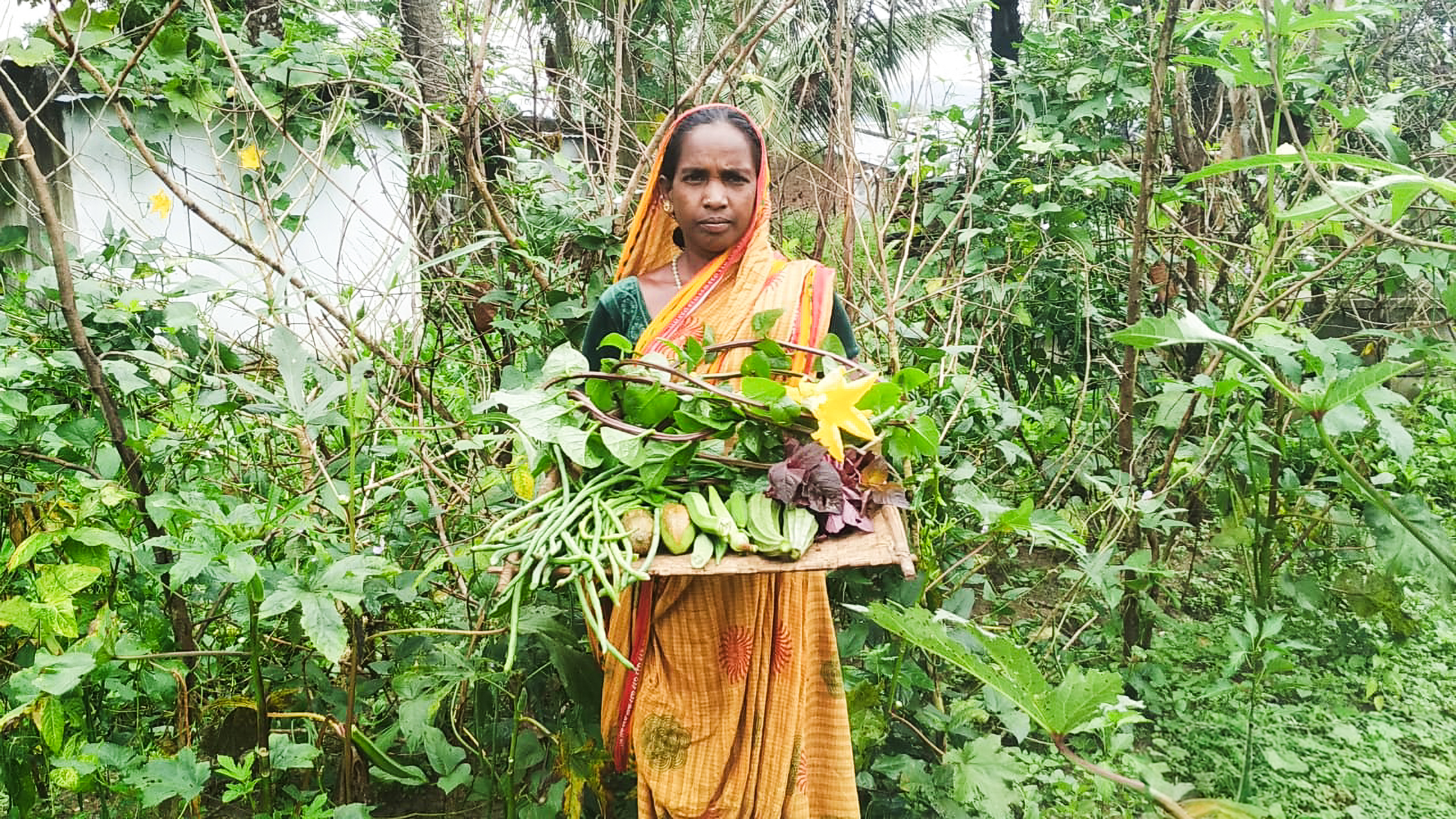
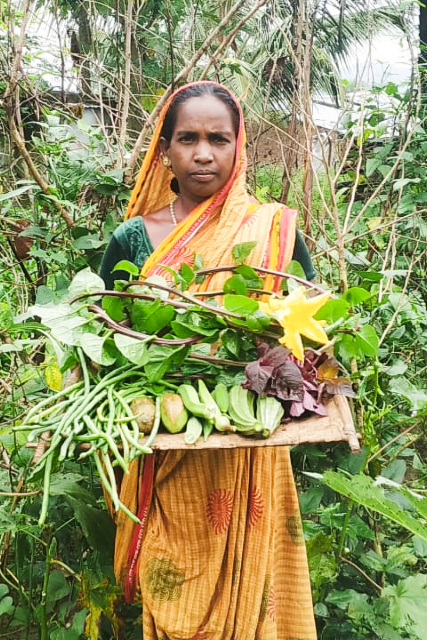




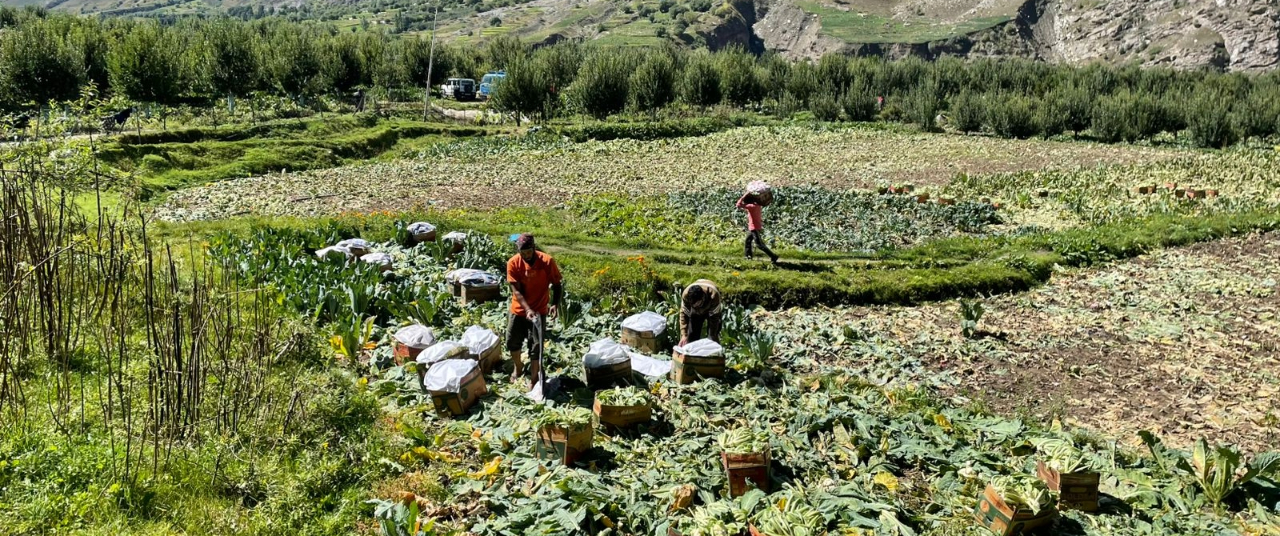
.png)

